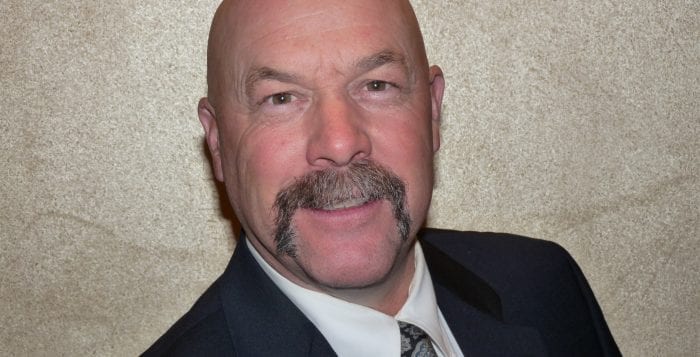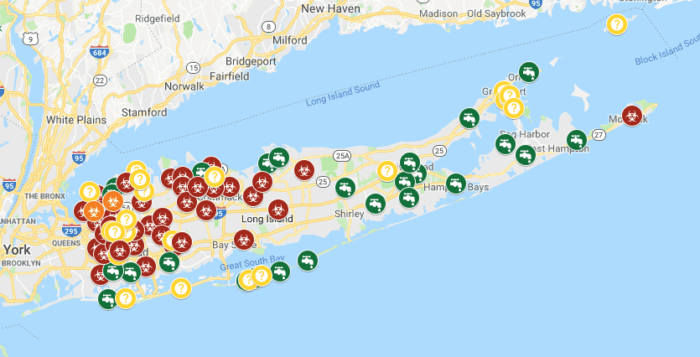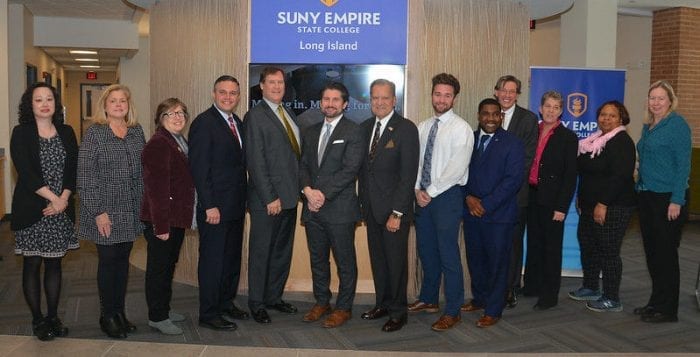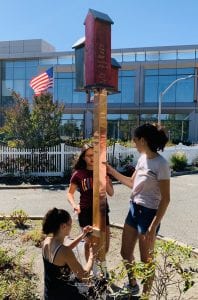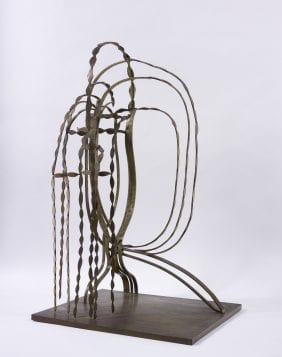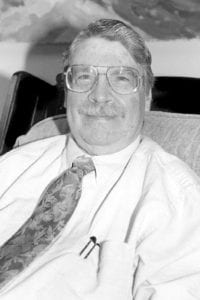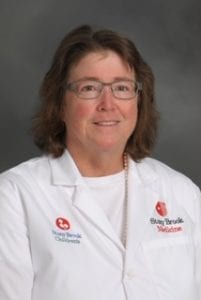A longtime Three Village resident is running unopposed Dec. 10 for his fourth five-year term as Stony Brook fire commissioner.
Ernest Behnke, 62, has been serving as a fire commissioner in Stony Brook for 15 years and began volunteering with the department in 1999. The 33-year resident of Stony Brook, who has lived in the Three Village area since 1966, said he originally wanted to volunteer sooner but didn’t have the time. However, when he began to work closer to home in Smithtown as its Highway Department’s general foreman, he finally was able to volunteer. In addition to his job and fire district duties, Behnke and his wife, Lisa, have seven children, with the two youngest attending Ward Melville High School.
“Like most volunteers, I joined to help serve the community as I had seen firsthand the caring and dedication of strangers helping strangers,” he said in an email, adding he also joined shortly after his father’s passing.
Behnke said he decided to run again this year to see through programs he has been part of with his fellow commissioners over the last few years, a board he said has a good working relationship.
“We had entered into the real world of the new volunteer service — 24/7 paid EMT ambulance crews,” he said. “A decision that was not an easy one, but we must serve the public with the best means possible. We are still evolving the program to assure that we can provide coverage and also keep the costs reasonable.”
He said the board tries “to balance between members and the taxpaying public.” The past year, in addition to hiring EMTs and advanced life support providers, the district has commissioned two new pumpers, updated its communications system, purchased a new chief’s car, upgraded its sprinkler system and renovated its meeting room at Station 2.
“We fell within the 2 percent tax cap, and we were able to return to the taxpayers a reduction of $100,000 out of our operating budget resulting in a zero increase,” he said.
The commissioner said the district is unique in that Stony Brook University and other institutions such as churches and schools, which together make up 50 percent of the assessed valuation that is off the tax rolls, fall within its perimeters.
“That leaves a burden to the residents, that we receive no compensation from the state,” he said. “A large area that we have to protect.
When it comes to the role of commissioner, Behnke said the district is not only using tax money to pay the bills, but also to “provide the community with the best firefighting and rescue equipment.”
He added that commissioners are involved with making policies and hiring personnel, including the chief of the department. They also ensure funds for the Length of Service Award Program, also known as LOSAP, a pensionlike program for volunteers, are available without being a burden to taxpayers.
One of the things Behnke said he is proud of during his 15 years as commissioner is being involved in implementing the Explorer program in Stony Brook.
“I was able to change the district’s by-laws by lowering the age that you can join at 17 after they complete the program,” he said. “We have had great success as many have joined and are a great asset to the department.”
Registered voters who live in the Stony Brook Fire District can vote Dec. 10 from 2 to 9 p.m. for fire commissioner for a five-year term that will begin Jan. 1. Those in the district who live north of the railroad right of way can vote at the firehouse located at 147 Main St. Those south of the railroad right of way can vote at the firehouse located at 1402 Stony Brook Road.

